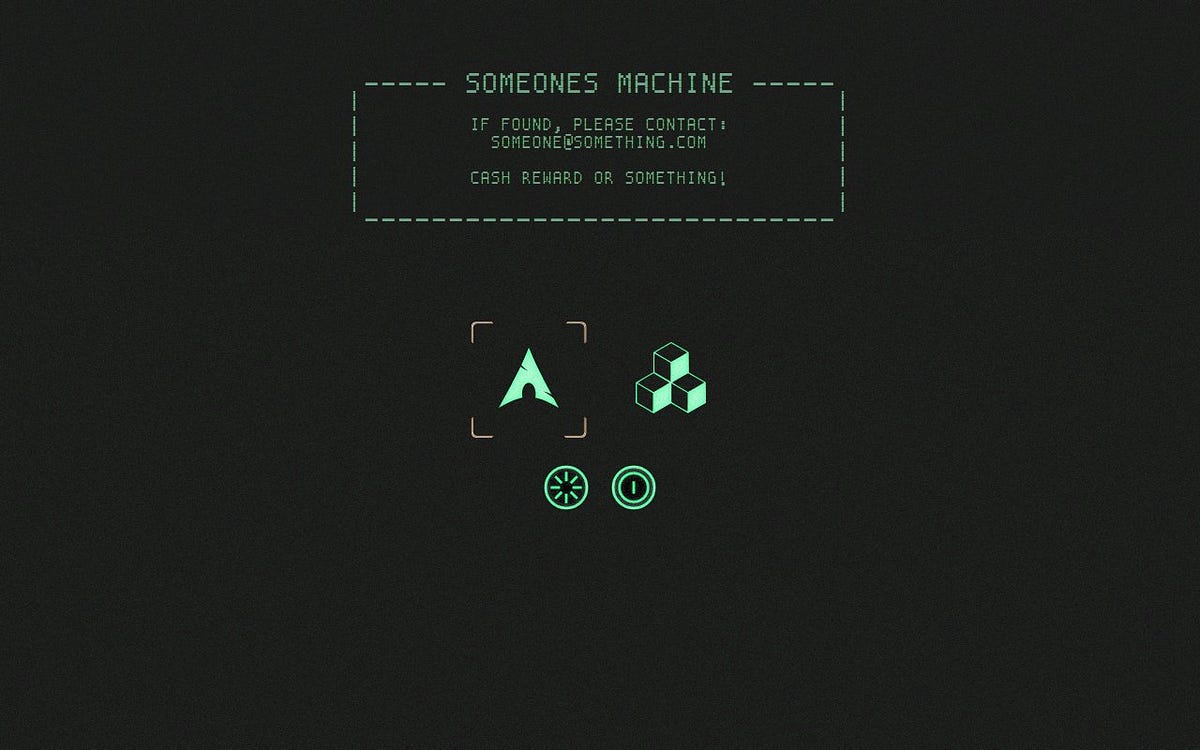

- THE REFIND BOOT MANAGER GETTING REFIND TRIAL
- THE REFIND BOOT MANAGER GETTING REFIND PC
- THE REFIND BOOT MANAGER GETTING REFIND FREE
If you tried hard enough, and you learned about either BCDedit or easyBCD, you could configure it to multi-boot, giving you a list of available operating systems to choose from.
THE REFIND BOOT MANAGER GETTING REFIND PC
With traditional BIOS systems (most people will think of this as pre-Windows 8 systems, although this is not really true EFI BIOS systems have been slowly increasing), when you bought a PC preloaded with Windows, it booted Windows. Concentrate on mechanics, don't wander off into theory or philosophy. As a result of this I am very appreciative of how easy it is to swap the disk drive in the dm1-4310. After making whatever tests, if I have learned something useful I swap the SSD back in again and apply it to that.

I have done that several times during this process, and now that I have the SSD loaded and configured to the point that I don't really want to lose it all again, when I decide to try something completely new or particularly risky, I swap out the SSD for an old SATA drive first. I would advise only trying this on a system where you don't mind having to wipe it out completely and reload from scratch. So if you are going to try this, the usual advice about "make sure you have good backups" is not even enough. It is extremely important to keep in mind that changing the configuration of the boot manager and/or boot loader on your computer can very easily render it unbootable. Or, put another way, I don't really feel like I fully understand everything I know about this yet. My concern here is with the mechanics, not the theory. Warning: The following description is very compressed if you need to really understand this, you will have to dig out a lot more detail elsewhere.
THE REFIND BOOT MANAGER GETTING REFIND FREE
I don't want to talk about it, it is not relevant to this discussion, so if you really feel compelled to start yet another flame war about it, well, feel free to do so but I will ignore those comments. Note: I am going to ignore the issue of Secure Boot here.
THE REFIND BOOT MANAGER GETTING REFIND TRIAL
Thanks to some very helpful comments and advice from Adam Williamson at Fedora, some excellent documents written by Roderick W Smith, a lot of trial and error, and rebooting-adjusting-testing-rebooting ad infinitum (or more accurately ad nauseum), I'm finally starting to make some progress. Multi-boot support: Not for the faint-hearted.ĭuring that time I have slowly (much too slowly) learned a lot about booting UEFI systems. I have been struggling for quite some time now to set up multi-boot support on a new HP Pavilion dm1-4310ez sub-notebook that came preloaded with Windows 8, UEFI, and gpt disk partitioning.


 0 kommentar(er)
0 kommentar(er)
